In the rolling hills of south Wales, archaeologists have unearthed a treasure trove of skeletons that offer a rare glimpse into a period of history shrouded in mystery. Dating from the Early Medieval era (400 to 1100 AD), these remains belong to a time that is poorly documented in historical records and for which few archaeological sites exist. The discovery of 41 skeletons, predominantly women, has provided invaluable insights into the lives of people who lived around 500 to 600 AD, revealing a challenging existence marked by hard labor, illness, and occasional luxury.
The Excavation and Initial Findings
The excavation site, led by Andy Seaman, a reader in early medieval archaeology at Cardiff University, has yielded a wealth of information about the daily lives of these individuals. "Their daily life appears to have been quite hard," Seaman said, noting that the skeletons show evidence of arthritis, degenerative joint diseases, broken bones, and healed fractures. These findings suggest that the individuals engaged in strenuous agricultural work, which took a toll on their health.
Despite their hardships, the evidence also points to a community that cared for its members. Seaman highlighted instances of healed leg fractures and one case of a broken neck, likely resulting from agricultural accidents. "They weren’t a very healthy bunch of individuals, but they were caring for each other," he said.
Dietary and Cultural Insights
Another intriguing aspect of the findings is the dietary habits of these people. Despite the site's proximity to the sea, the remains show no signs that fish was a significant part of their diet. Instead, it appears that they lived off the land, possibly engaging in farming and other agricultural activities. Seaman also noted that people likely lived close to the cemetery, perhaps even eating and drinking within the burial grounds.
The excavation also uncovered fragments of fine glass drinking vessels, which would have been imported from southwestern France. This suggests that some individuals within the community had high-status connections and engaged in trade with mainland Europe. "The contrast between the high-status material and the poor health of the individuals is not too surprising," Seaman explained. "This was a period in which the difference between the rich and the poor wasn’t very great, and it seems like everybody was involved to a greater or lesser extent in agriculture."
Future Research and Plans
The team's next steps include further research into the movement of people and goods between Wales and southwestern France. They also plan to excavate the remainder of the site, which is estimated to contain the remains of around 80 individuals in total. Bioarchaeologist Katie Faillace, also based at Cardiff University, expressed excitement about the progress of the excavation. "We’re at a really exciting stage now, where we’re starting to build up a fuller picture of the people buried at the cemetery," she said. "Our initial isotopic work suggests many of the people have local origins."
DNA tests have been conducted, and the results are expected to reveal more details in the coming months. Once all the remains have been excavated and analyzed, they will be reinterred at the cemetery in their original positions, and the site will be opened to visitors, providing a unique opportunity for the public to connect with this ancient community.
The Broader Historical Context
The Early Medieval period in Wales is often referred to as the "Dark Ages" due to the scarcity of written records and archaeological evidence. This era saw significant social and political changes following the decline of the Roman Empire, with the emergence of new kingdoms and the spread of Christianity. The findings from this excavation shed light on the daily lives of ordinary people during this transformative period.
The presence of high-status artifacts alongside evidence of hard labor suggests a society with complex social structures and economic connections. The fact that these individuals lived close to the cemetery and possibly engaged in communal activities within the burial grounds indicates a strong sense of community and continuity with the past.
The discovery of the skeletons in south Wales offers a rare and valuable window into a poorly understood period of history. The findings reveal a community that faced significant challenges but also enjoyed moments of luxury and connection with the wider world. As researchers continue to analyze the remains and uncover more about the lives of these individuals, the site promises to enrich our understanding of the Early Medieval period in Wales and beyond.
By piecing together the stories of these ancient lives, archaeologists are not only reconstructing the past but also highlighting the resilience and adaptability of human societies. The excavation site in south Wales stands as a testament to the enduring legacy of those who lived and worked in this region over a thousand years ago, offering a deeper appreciation for the complexities of our shared human history.

By Sophia Lewis/May 6, 2025
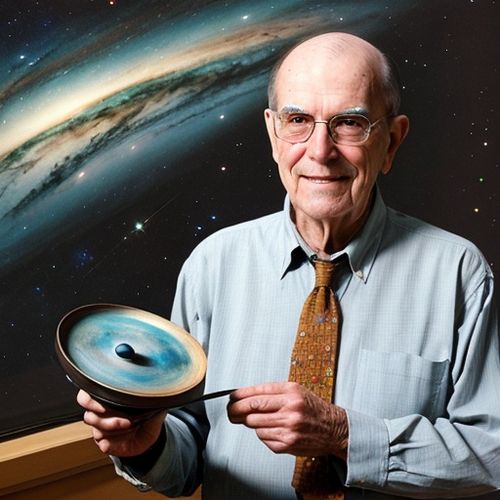
By Olivia Reed/May 6, 2025
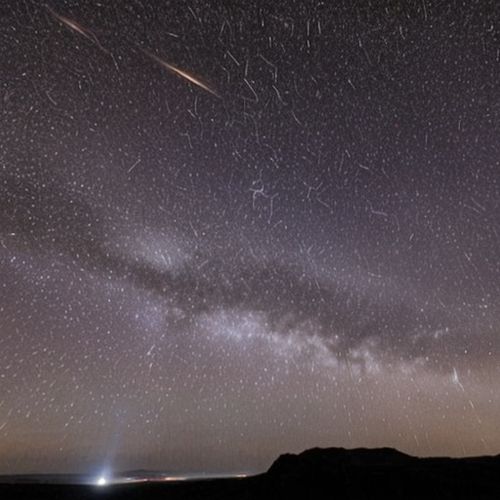
By William Miller/May 6, 2025

By Eric Ward/May 6, 2025
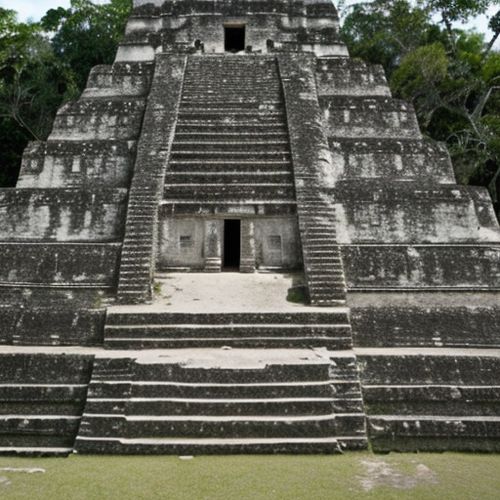
By John Smith/May 6, 2025
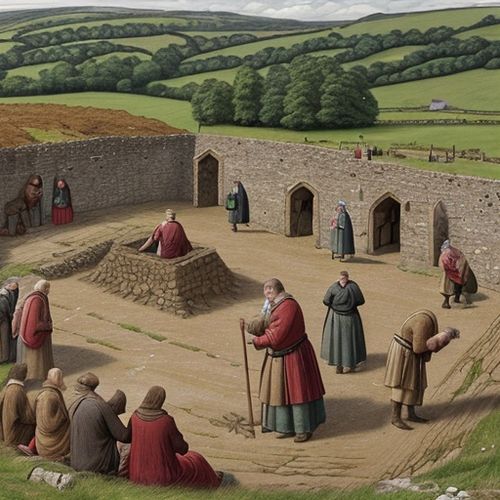
By Rebecca Stewart/May 6, 2025
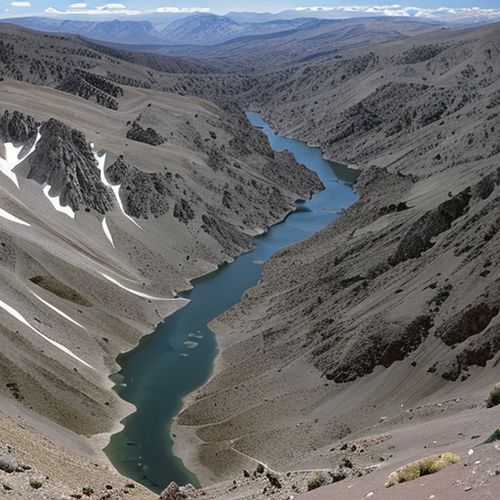
By Benjamin Evans/May 6, 2025

By Eric Ward/May 6, 2025

By Eric Ward/May 6, 2025
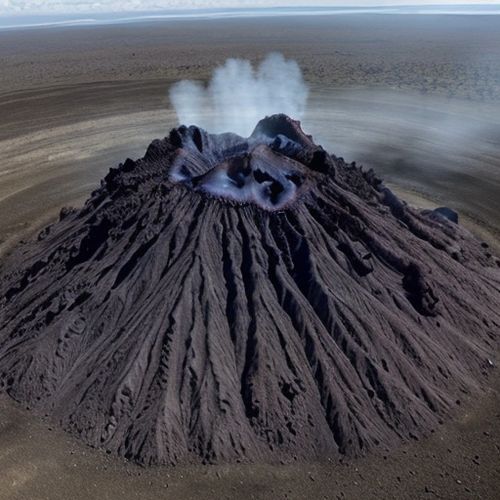
By Daniel Scott/May 6, 2025

By Benjamin Evans/May 6, 2025

By Elizabeth Taylor/May 6, 2025
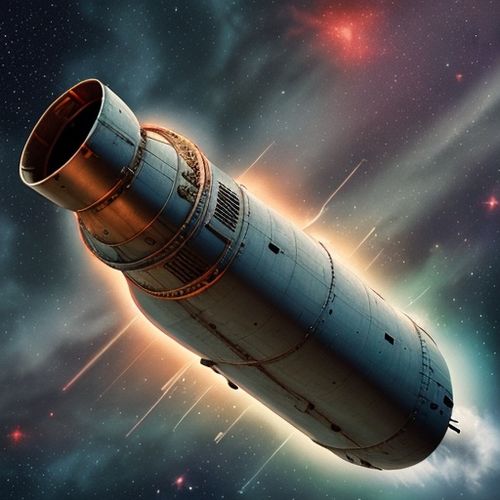
By James Moore/May 6, 2025

By Victoria Gonzalez/May 6, 2025

By Sophia Lewis/May 6, 2025
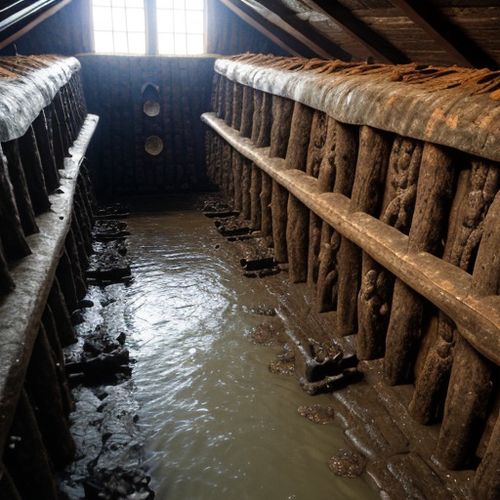
By Laura Wilson/May 6, 2025

By Olivia Reed/May 6, 2025

By David Anderson/May 6, 2025

By Olivia Reed/May 6, 2025

By Sophia Lewis/May 6, 2025